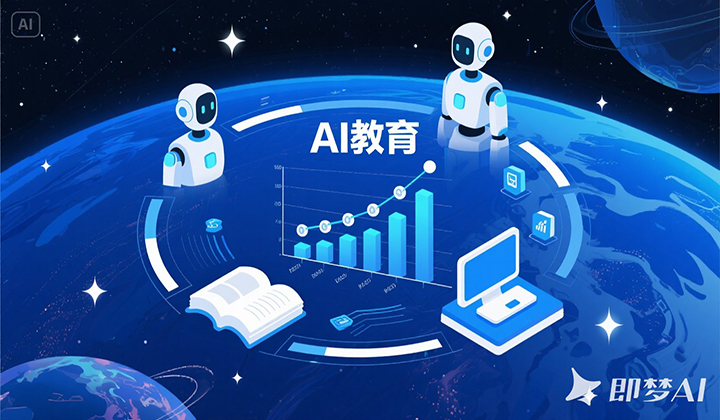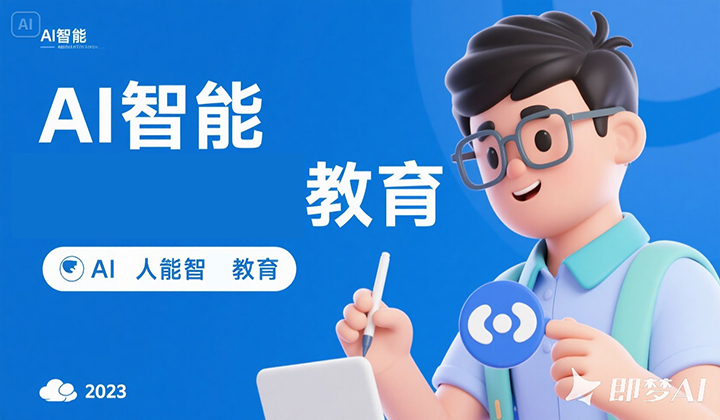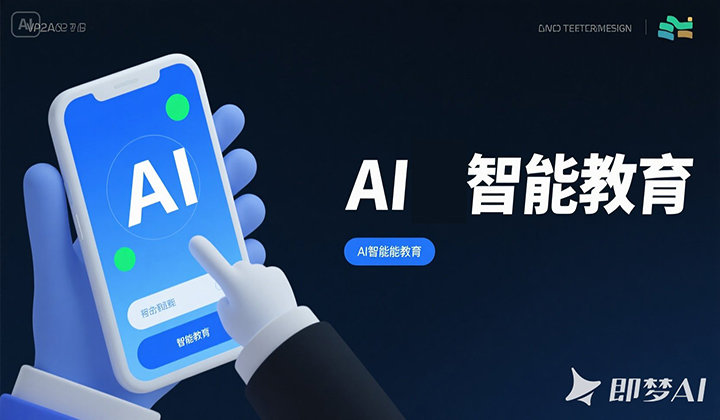Has AI Education Worsened Educational Inequality
Artificial Intelligence (AI) has been hailed as a revolutionary force in education, promising personalized learning, intelligent tutoring, and enhanced access to resources. However, amid this optimism, a critical question arises: Is AI education actually deepening the divide between the privileged and the underserved? As schools and institutions increasingly adopt AI-powered tools, the impact on educational equality has become a growing concern.
Unequal Access to AI Tools
At the heart of the issue is access—or the lack thereof. AI education often relies on stable internet connections, modern devices, and a certain level of digital literacy. In wealthier regions or private schools, students have ready access to these tools. Meanwhile, in underfunded public schools, rural communities, or low-income households, students may struggle with outdated infrastructure or even lack access to basic devices.
This “digital divide” means that the students who could benefit the most from personalized AI learning—those needing additional support—are often the ones who can’t reach it. As a result, AI becomes a multiplier of existing inequality rather than a leveler of opportunity.
Algorithmic Bias and Cultural Gaps
AI systems are built and trained on large datasets, which are often not representative of all populations. If the training data reflects a narrow demographic or cultural context, the AI may produce biased recommendations or assessments. For example, language models may favor certain accents or linguistic patterns, and content recommendations might align with dominant cultural narratives, leaving minority or marginalized students underserved or misunderstood.
In this way, AI can inadvertently reinforce stereotypes or neglect diverse learning needs, further widening the educational gap for students outside the mainstream.
Over-Reliance on Technology
In affluent schools, the integration of AI may be balanced by strong teacher support, curriculum design, and digital literacy training. However, in less-resourced environments, there’s a risk of over-reliance on technology as a substitute for human instruction. When AI tools are used to replace, rather than support, real educators—particularly in large classrooms or remote areas—it can diminish the quality of education.
Teachers remain irreplaceable in fostering social-emotional development, critical thinking, and moral guidance—areas where AI still falls short. Without sufficient teacher involvement, students may become passive consumers of content rather than engaged learners.
Cost and Commercialization
Most high-quality AI education platforms are developed by private companies, and many require expensive subscriptions, licenses, or hardware. This commercialization of education risks turning learning into a commodity. Schools with tight budgets may not afford the best tools or may be limited to free versions with reduced functionality, putting their students at a disadvantage compared to peers in better-funded institutions.
Moreover, as AI becomes a selling point in elite educational institutions, it may deepen the perception that “premium” education is for the privileged, further stratifying educational outcomes.
Opportunities to Bridge the Gap
Despite these challenges, AI also holds the potential to narrow the educational divide—if implemented with equity in mind. Governments, NGOs, and edtech companies must collaborate to develop low-cost, offline-friendly AI tools that are accessible to all learners, including those in remote or underserved areas. Open-source platforms and inclusive datasets can help ensure AI systems are more representative and adaptable.
Teacher training is equally essential. Educators should be empowered to integrate AI into their classrooms thoughtfully, using it to enhance—rather than replace—human interaction. When combined with sound pedagogy and equitable policies, AI can support differentiated learning, early intervention, and personalized feedback for all students.
Conclusion
AI education is not inherently unequal—but without careful planning and ethical design, it risks exacerbating existing disparities. The question is not whether AI will change education—it already is. The real question is: Will we allow it to create two different systems of learning—one for the privileged and another for the rest?
To ensure AI becomes a tool for equity rather than division, stakeholders must prioritize inclusive design, universal access, and responsible implementation. Only then can AI truly fulfill its promise to democratize education and empower every learner—regardless of background.














